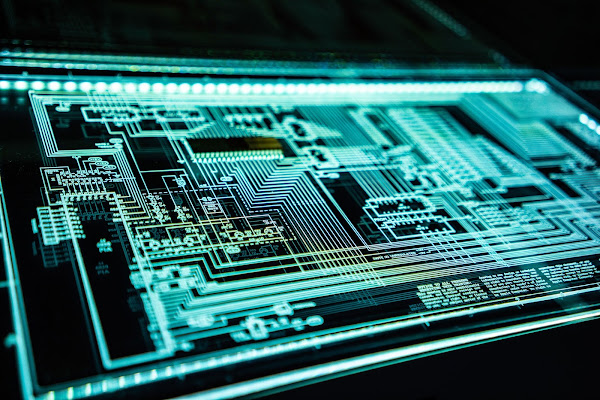Warfare is no longer restricted to traditional battlefields; in the digital age, cyberspace has emerged as a new arena of conflict. Nations now engage in cyber battles using lines of code and advanced malware instead of conventional weapons.
A recent incident in May highlighted this shift when around 270,000 payroll records of the UK's armed forces were compromised in a data breach. While the UK government did not explicitly name a culprit, several ministers suggested China as the likely perpetrator. The Chinese government has denied any involvement.
This incident is just one in a series of cyberattacks targeting governments, their institutions, and personnel. Here are five notable examples:
- Stuxnet, 2010: Stuxnet was the first major cyberweapon known to the world. This sophisticated worm, which replicates itself to spread across computer networks, specifically targeted Iran’s nuclear program. Unlike typical malware, Stuxnet was designed to infiltrate and disrupt uranium enrichment processes by causing centrifuges to malfunction while sending false data to monitoring systems, making the damage invisible to operators. Widely believed to be a joint effort by the US and Israel, Stuxnet not only delayed Iran's nuclear ambitions but also raised serious concerns about the potential for cyber tools to cause physical destruction, sparking debates on the ethics of state-sponsored cyberattacks.
- WannaCry, 2017: In May 2017, the WannaCry ransomware attack locked up hundreds of thousands of computers across over 150 countries. Exploiting a vulnerability in Microsoft Windows, WannaCry encrypted users' files, demanding Bitcoin payments to unlock them. The attack severely impacted sectors including healthcare, with the UK's NHS particularly affected; at least 81 health trusts were compromised, leading to canceled appointments and diverted emergency services, costing the NHS an estimated £92 million. The spread of WannaCry was halted by a security researcher who identified a "kill switch," but not before it demonstrated the risks of outdated software. The attack was attributed to North Korean hackers.
- NotPetya, 2017: Later in 2017, Ukraine experienced a devastating cyberattack known as NotPetya, which quickly spread internationally. Disguised initially as ransomware, NotPetya encrypted data but provided no way for victims to recover their files. Targeting Ukraine's government, financial sector, and energy companies, it disrupted essential services. The malware also affected global companies like Maersk and Merck, causing billions in damages. The attack, widely attributed to Russian state-sponsored hackers aiming to destabilize Ukraine, was described by the White House as the "most destructive and costly cyberattack in history." Russia denied any involvement.
- SolarWinds Hack, 2020: Amid the COVID-19 pandemic, the SolarWinds hack targeted multiple US federal agencies in 2020. Hackers infiltrated SolarWinds, a tech company that provides IT network management software, by inserting malicious code into its widely-used Orion platform. This allowed them to access sensitive information across various government departments, including the Treasury and Homeland Security, for months before detection. The breach underscored the vulnerability of even highly secure systems and was attributed to Russian state-sponsored hackers, though Russian officials denied the allegations.
- OPM Data Breach, 2015: In 2015, the US Office of Personnel Management (OPM) suffered a massive data breach that exposed the personal information of over 21 million federal employees and contractors, including social security numbers, fingerprints, and data from background checks. The breach was widely attributed to Chinese state-sponsored hackers, though the Chinese government denied involvement. The incident highlighted significant vulnerabilities in the management of sensitive US government data and prompted a reevaluation of data protection strategies nationwide.
These incidents underscore the growing significance of cybersecurity in national defense, highlighting the need for robust protective measures against state-sponsored cyber threats.












